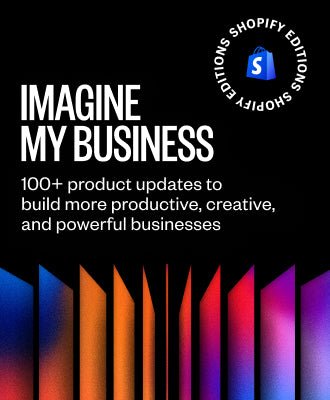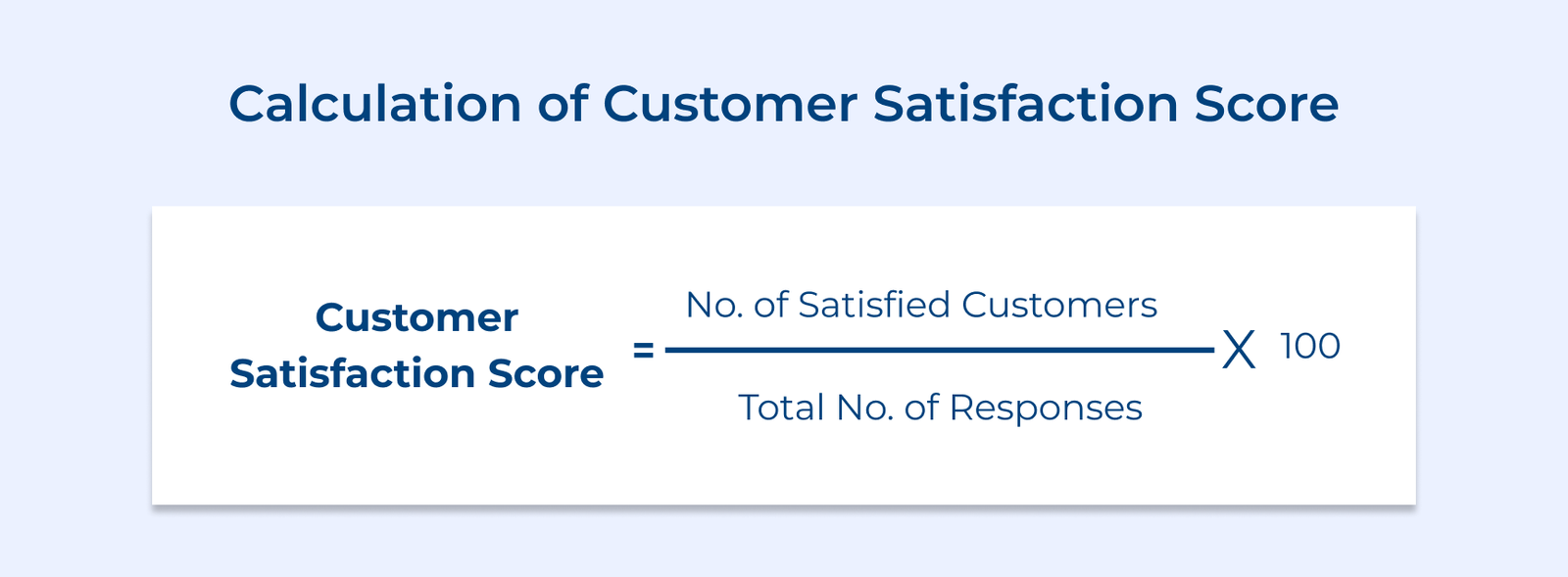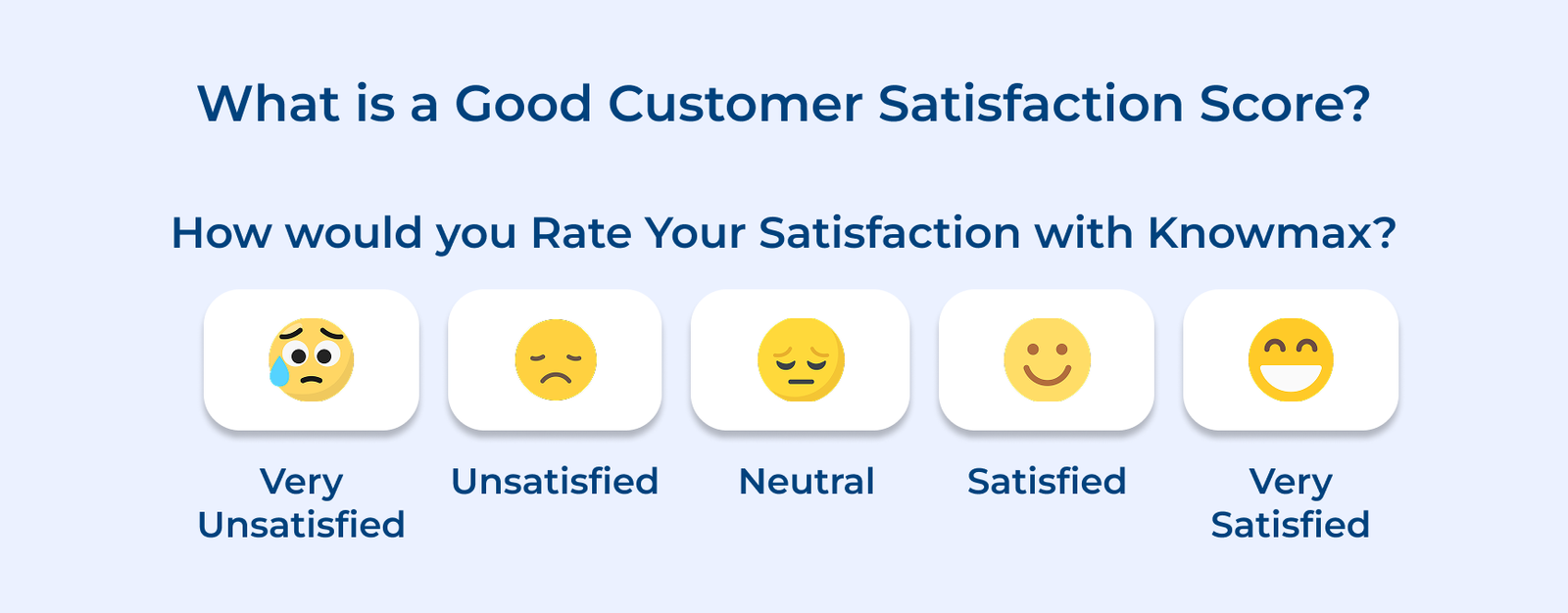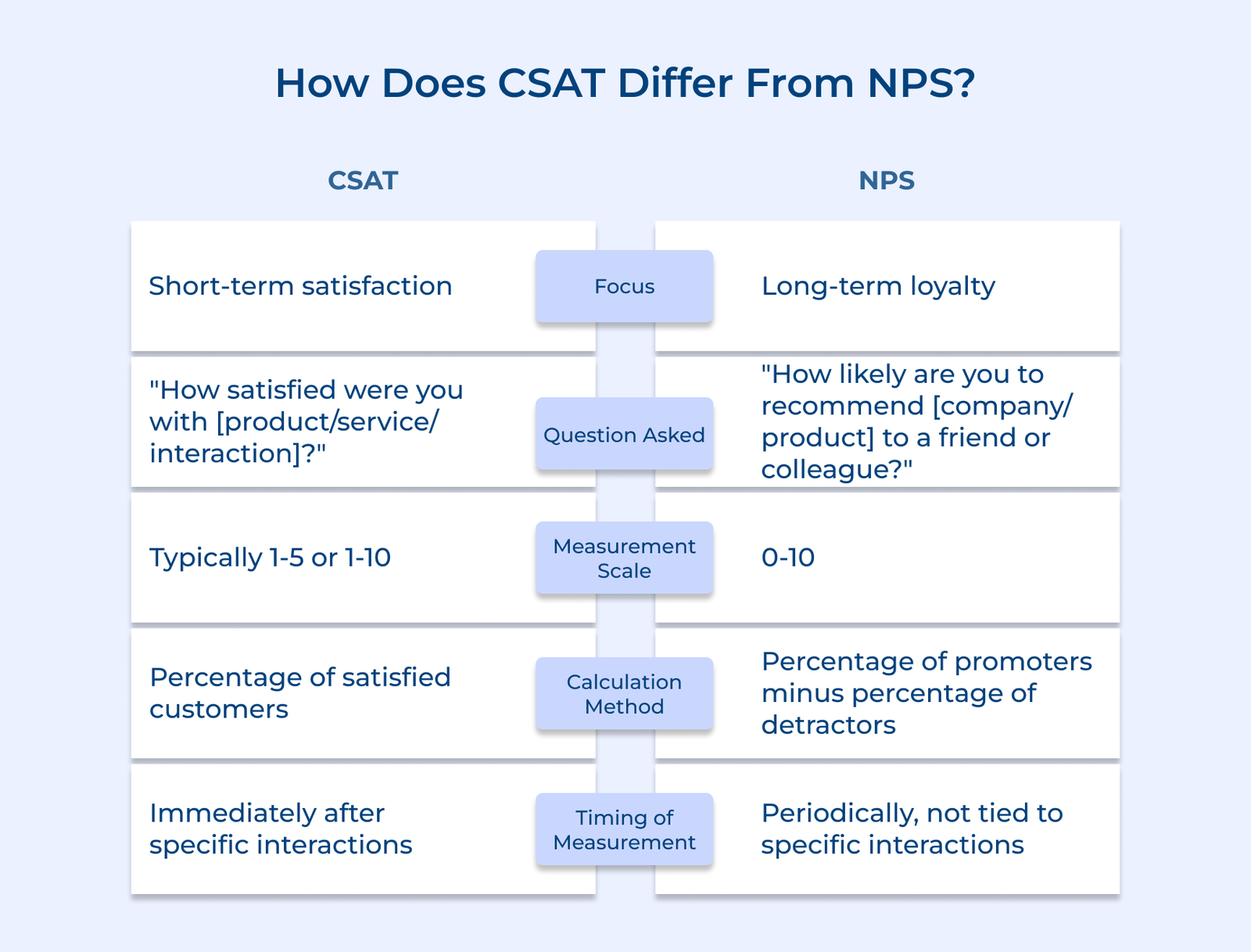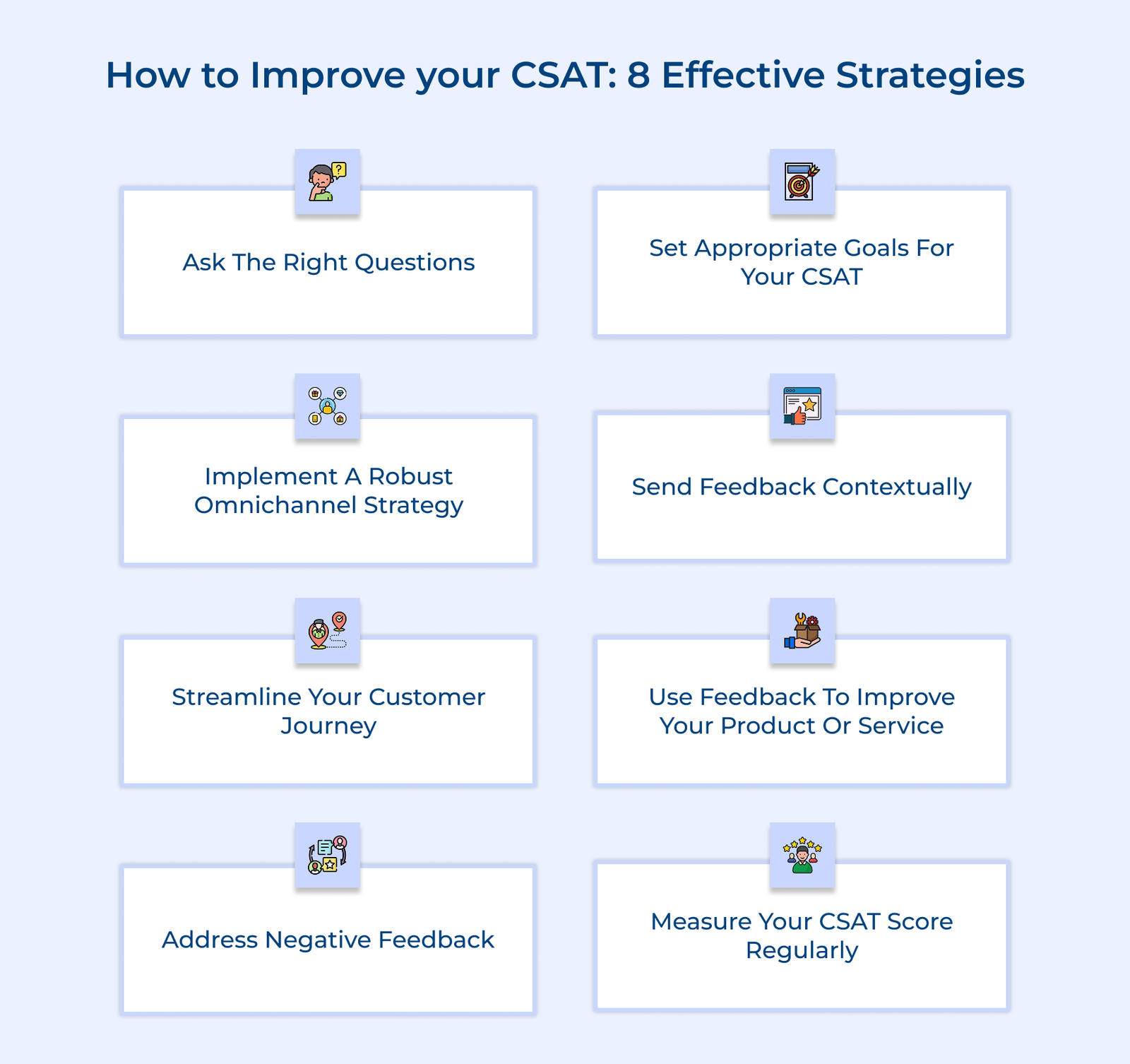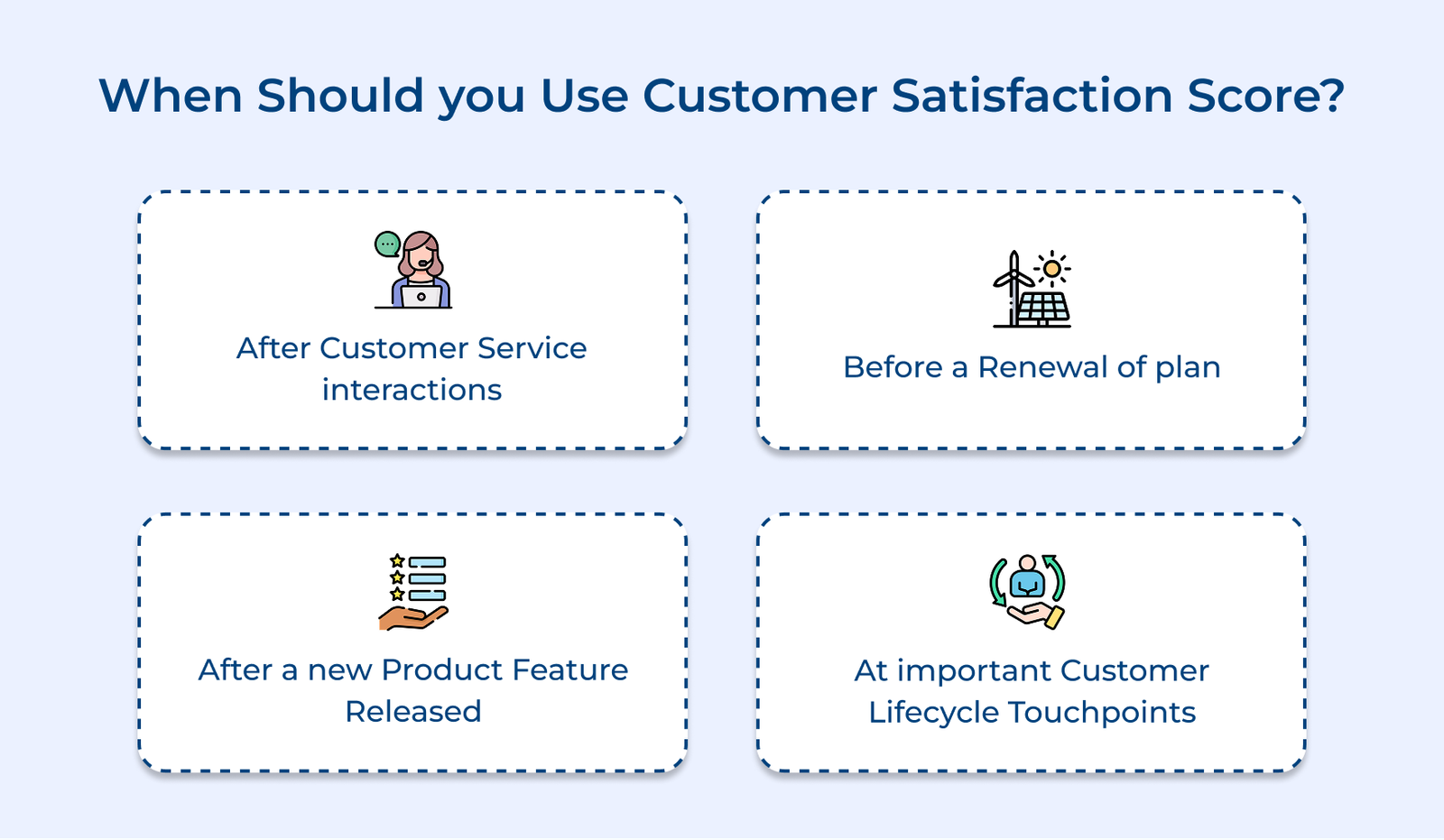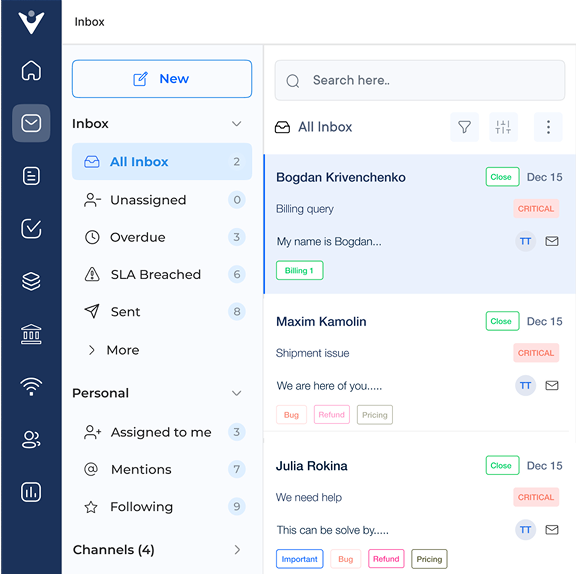1. Ask the Right Questions
Crafting the right questions is essential for gathering accurate and actionable CSAT data. Thoughtful questions ensure you capture what truly matters to your customers, leading to insights that drive meaningful improvements. Conversely, poorly designed questions can yield misleading data, wasting resources and missing opportunities to enhance satisfaction.
You can identify specific areas needing attention by strategically designing your CSAT surveys. The right questions enable you to explore customer perceptions, preferences and pain points more deeply. The targeted approach helps prioritize improvements and allocate resources effectively, boosting customer satisfaction.
Pro tips:
- Keep questions clear to avoid confusion and ambiguity. Steer clear of double-barreled questions that tackle multiple issues at once.
- Incorporate a blend of closed-ended questions for quantitative data and open-ended ones for qualitative insights. The approach gives you a well-rounded view of customer satisfaction.
2. Set Appropriate Goals for your CSAT
Setting clear CSAT goals gives your customer satisfaction efforts a focused direction. It aligns your team’s resources toward achieving specific, measurable outcomes. Without the goals, measuring progress, motivating teams and showcasing the value of customer satisfaction initiatives can be challenging.
You create benchmarks for success and a roadmap for continuous improvement by establishing realistic and relevant CSAT targets. The goals help track progress, highlight areas for attention and celebrate achievements, all while guiding strategic decision-making in customer experience management.
Actionable tips:
- Set your CSAT goals by benchmarking against industry standards and your past performance, ensuring they are both ambitious.
- Break down CSAT goals into specific targets for different departments or touchpoints to make them more actionable and relevant to various teams.
3. Implement a Robust Omnichannel Strategy
Customers seek seamless interactions across channels, from social media to in-store experiences. An effective omnichannel approach ensures consistency, boosting satisfaction and loyalty. Omnichannel strategies generate around 80% more visits from customers.
Businesses can create a unified experience across all touchpoints by implementing the strategy. It allows for comprehensive customer data collection, personalized interactions and smooth transitions between channels, maintaining context throughout.
Actionable tips:
- Unify customer data across all channels for a holistic view, enabling personalized and consistent interactions.
- Train your staff to manage inquiries seamlessly across platforms, ensuring they have access to the same customer information no matter the channel.
4. Send Feedback Contextually
Contextual feedback collection is vital for gathering accurate and relevant CSAT data. You can boost response rates and gain clearer insights into the customer journey by asking for feedback at the right moment, helping identify pain points more effectively.
Requesting feedback contextually captures customers’ thoughts while they’re fresh, providing valuable insights into specific interactions, product features or service elements. Timing your surveys well enhances engagement and encourages more responses.
Actionable tips:
- Send CSAT surveys right after key interactions, like purchases, customer service calls or product milestones.
- Personalize questions based on recent customer experiences to enhance relevance and engagement.
5. Streamline Your Customer Journey
A streamlined customer journey is vital for minimizing friction and boosting satisfaction. Businesses can create a more enjoyable experience that drives higher CSAT scores, loyalty and positive word-of-mouth by optimizing each interaction with the brand.
The approach allows you to pinpoint pain points, reduce customer effort scores and design intuitive processes. You help customers easily achieve their goals when engaging with your brand by ensuring seamless experiences across all touchpoints, from initial awareness to post-purchase support.
Actionable tips:
- Regularly map the customer journey to uncover friction points and improvement opportunities.
- Establish feedback loops at key stages to continuously refine and enhance the overall experience.
6. Use Feedback to Improve Your Product or Service
Leveraging customer feedback is vital for staying relevant and competitive. It ensures your products and services evolve with customer needs, driving higher satisfaction.
You can inform product development, enhance services and guide strategic decisions by analyzing CSAT data. The data-driven approach helps identify trends, prioritize improvements and validate new features, ensuring resources are allocated effectively.
Actionable tips:
- Form a cross-functional team to regularly analyze CSAT data and customer feedback, enhancing insight sharing across the organization.
- Create a closed-loop feedback system that informs customers how their input has driven specific improvements, enhancing their engagement and trust.
7. Address Negative Feedback
Addressing negative feedback is essential for improving CSAT scores and showing customers that their input matters. Swiftly handling complaints not only resolves individual issues but can also turn dissatisfied customers into loyal advocates, enhancing your reputation.
Negative feedback serves as a goldmine for insights. You can identify recurring problems and improve your products or services, as well as your customer support processes by systematically tackling complaints. The proactive strategy not only resolves specific concerns but also helps prevent similar issues from affecting others in the future.
Actionable tips:
- Establish a rapid response system for negative feedback, guaranteeing customers receive timely acknowledgment and an initial response.
- Equip your customer service team with skills in empathetic complaint handling, problem-solving and clear communication to enhance customer trust.
8. Measure your CSAT Score Regularly
Regularly measuring CSAT scores is vital for tracking progress and understanding customer satisfaction. The ongoing insight reveals the effectiveness of your customer experience efforts and helps identify issues early, enabling timely adjustments.
Consistent CSAT tracking enhances a data-driven, customer-centric culture within your organization. You can spot patterns, seasonal trends and the impact of specific initiatives by analyzing scores. The valuable information informs strategic decisions, resource allocation and performance management across departments.
Actionable tips:
- Set a regular schedule for CSAT surveys to ensure timely insights while minimizing the risk of survey fatigue among customers.
- Create a dynamic CSAT dashboard for real-time visibility into satisfaction scores across various segments, channels and timeframes.
When Should You Use Customer Satisfaction Score?
Join us as we explore the key moments when utilizing CSAT can elevate customer experiences and drive growth in your organization.





